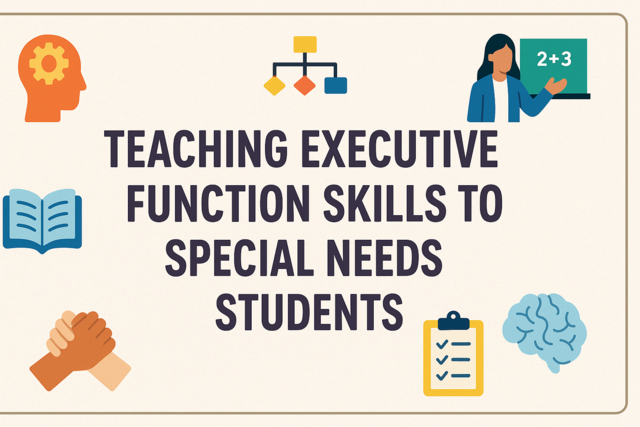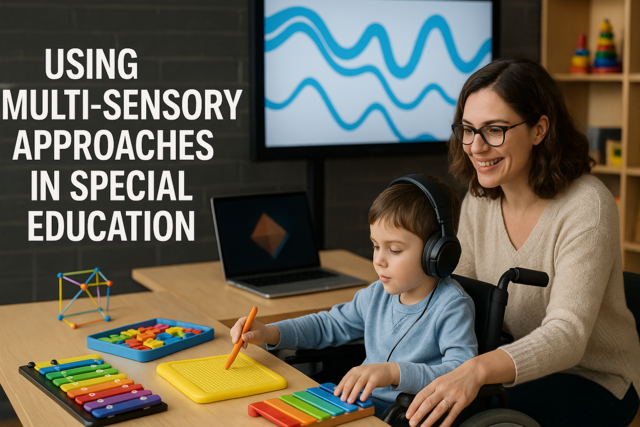Online Class: Classroom Design and Environment for Special Needs Students

no certificate
with CEU Certificate*
-
15Lessons
-
22Exams &
Assignments -
7Hours
average time -
0.7CEUs
Course Description
Imagine stepping into a classroom where every corner, every piece of furniture, every beam of light is meticulously crafted to speak directly to the hearts and minds of students with special needs. A space where individual stories of struggle transform into narratives of triumph. Welcome to the "Classroom Design and Environment for Special Needs Students" course—your gateway to revolutionizing educational environments and making a tangible difference in the lives of those who need it most.
This isn't just an online course; it's a journey into the art and science of creating classrooms that are more than mere spaces—they're sanctuaries of learning, empowerment, and growth. If you've ever dreamed of altering the educational landscape for special needs students, if you've felt the call to make your classroom a beacon of hope and inclusivity, then you've found your path. This course is your companion, equipping you with the insights and skills essential for this transformative mission.
From the outset, an undeniable truth resounds: environment shapes experience. As you dive into the layers of this course, you will uncover how sensory-aware classrooms become potent catalysts for engagement. You'll learn the subtle power of collaboration with therapists and parents to co-create spaces that are responsive and nurturing for students with sensory processing disorders (SPD). It's about more than just accommodating needs—it's about unlocking potential.
Delve into the world of adaptive classroom spaces where flexibility and functionality collide. Here, ergonomic principles find their true purpose, accommodating the diverse physical and sensory requirements of special needs learners. This doesn't just alleviate fatigue—it nurtures concentration and facilitates sustained learning engagement. Imagine creating a space where each child's unique profile is honored, a place where they are not just included, but celebrated.
Light, often overlooked, becomes a cornerstone in constructing spaces for students with Autism Spectrum Disorder (ASD). Discover how the magic of daylight can transform moods, regulate behaviors, and promote engagement that feels as natural as sunlight streaming through windows—because, in this course, every detail counts. Learn how integrating light isn't just a design choice; it's a lifeline for enhanced attendance and alertness, a tool for crafting environments that speak to the soul.
As you progress, the power of sensory tools will unfold before you. Imagine fidget toys and sensory pods as allies in your quest to foster attention and reduce anxiety in your students. See how these tools transform classrooms into individualized learning havens, where every child knows they belong and are understood.
This course immerses you in the beauty of inclusive design, teaching you how to utilize visual aids and digital tools to simplify complexity, enhancing comprehension and accessibility for all students. This is where autonomy meets engagement, and every student can share their voice.
Picture yourself at the forefront of implementing assistive technology—each adaptive tool, each interactive platform carefully chosen to cater to individual learning requirements. You're not just using technology; you're bridging educational gaps, nurturing independence and confidence in your students.
Throughout this adventure, flexible seating will become more than a concept. It will become a reality that encourages student autonomy and collaboration, adapting to the learning style of every child. It's an invitation to a learning experience that values comfort as much as content.
In the intricate dance of sound and silence, you'll understand the profound impact acoustics can have on learning. By optimizing these elements, you'll render your classroom a dynamic space for communication and contemplation, attuned to the needs of students with hearing impairments.
Ultimately, your classroom will be an enduring testament to equity and inclusion. Through a blend of adaptive technologies and sensory awareness, it will become a place where every student not only learns but thrives—a masterpiece of educational architecture.
Join "Classroom Design and Environment for Special Needs Students" and embark on this noble quest. Transform your classroom into a sanctuary that is more than supportive—it is essential. Let this course ignite your passion and furnish you with the tools to craft a learning environment that is not just good, but extraordinary. The future of inclusive education starts here, with you. Enroll today, and let's make this vision a reality.
- Completely Online
- Self-Paced
- 6 Months to Complete
- 24/7 Availability
- Start Anytime
- PC & Mac Compatible
- Android & iOS Friendly
- Accredited CEUs
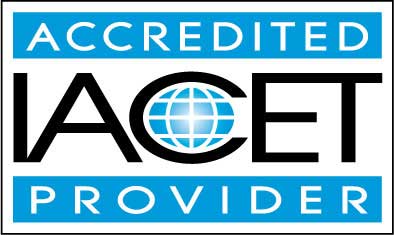
Course Lessons
Lesson 1. Empowering Learners with Sensory-Aware Classrooms
The interplay between sensory processing and classroom design is pivotal for creating nurturing educational spaces. Through collaborative efforts with parents and therapists, educators can tailor environments that empower students with SPD to engage and succeed.Lesson 2. Redefining Spaces for Special Needs Students
Ergonomic classrooms for special needs learners emphasize adaptability through elements like adjustable furniture and sensory-friendly settings. Such spaces support various movements and minimize distractions, promoting concentration and reducing fatigue for each student's unique profile.Lesson 3. Harnessing Light: Creating Adaptive Spaces for ASD Students
Natural light's impact on classroom environments is profound, benefiting sleep, mood, and behavior regulation, crucial factors for students with ASD. Schools observing increased daylight integration report improved student engagement and attendance, highlighting the significance of light in educational architecture.Lesson 4. Empowering Special Needs Students with Sensory Tools
Incorporating diverse sensory tools like fidget toys and sensory pods supports individual needs and aids focus and anxiety reduction in students with sensory processing issues. This approach values personalized learning environments, helping each student engage and thrive academically and socially.Lesson 5. Creating Inclusive Classrooms through Accessible Design
Utilize visual aids such as infographics and digital tools to simplify complex concepts, enhance comprehension, and ensure accessibility. Incorporate adaptive learning environments to respect individual learner profiles, promoting a sense of autonomy and engagement among all students.Lesson 6. Crafting Classrooms for Diverse Needs: An In-Depth Exploration of Assistive Technology
Designing inclusive classrooms for students with special needs involves carefully integrating assistive technology to cater to diverse learning requirements. These technologies empower students by enhancing their educational experience and fostering independence, confidence, and engagement.Lesson 7. Revolutionizing Classroom Setups to Enhance Special Needs Education
Flexible seating has revolutionized classroom design by accommodating diverse learning styles and sensory needs, particularly benefiting students with special needs. This approach encourages student autonomy and improves engagement, focus, and collaboration through varied seating options that promote individual comfort.Lesson 8. Essential Zones for Special Needs Student Engagement
Integrating technology, such as adaptive tools and interactive platforms, can revolutionize learning experiences in special needs classrooms by catering specifically to individual requirements. This technological augmentation supports diverse learning styles and enhances students' comprehension and engagement with educational content.Lesson 9. Adapting Spaces for Diverse Learners
Inclusive classroom design, paired with proactive teaching strategies, supports special needs students' academic and emotional development. By integrating technology and flexible layouts, educators create nurturing environments that cater to individual learning styles and promote social interaction.Lesson 10. Designing Inclusive Learning Spaces Through Acoustics
Optimizing classroom acoustics with materials like soundproof ceilings and carpets reduces noise and reverberation, crucial for students with hearing impairments. These efforts, combined with teacher training and community support, create a dynamic learning atmosphere conducive to all students' success.Lesson 11. The Art of Designing for Equity and Inclusion in Education
Adaptive technologies play a transformative role in making educational spaces inclusive, bridging gaps for students with disabilities. By integrating assistive and sensory tools, educators can tailor learning experiences to meet the unique needs of each student.Lesson 12. Nature-Inspired Learning Spaces for All: Fostering Inclusivity and Engagement
Community involvement in designing outdoor learning spaces enhances their adaptability and relevance, fostering strong bonds and shared responsibilities. Involving local artists and families in collaborative projects can amplify the space's educational and aesthetic value.Lesson 13. Empowering Special Needs Through Sensory Integration
Sensory rooms transform classrooms into calming sanctuaries specifically designed to address the emotional and sensory needs of special needs students. Equipped with visual, auditory, and tactile elements, they promote relaxation and skill development, fostering an inclusive learning experience.Lesson 14. Supporting Special Needs Through Thoughtful Classroom Design
Adaptive technology blends seamlessly with therapeutic insights to create custom-tailored classroom environments capable of meeting the broad spectrum of needs presented by special education students. Through this collaboration, the classroom becomes a responsive and inclusive space that supports communication, mobility, and cognitive development, fostering a sense of belonging and achievement.Lesson 15. Universal Design for Learning: Meeting Every Student's Needs
UDL shifts traditional education paradigms by providing diversified teaching methods that recognize each student's unique learning style, which is especially crucial for students with special needs. By offering multiple means of engagement, representation, and expression, UDL eliminates barriers to learning, fostering a more inclusive and equitable classroom environment.
Learning Outcomes
- Define the components of a sensory-friendly classroom environment tailored for students with sensory processing disorders by identifying at least three elements their role in fostering inclusivity.
- Demonstrate the ability to modify a classroom setup to address diverse sensory needs, utilizing tools like lighting adjustments and flexible seating options for a more inclusive learning experience.
- Define the principles of classroom ergonomics by identifying key features that enhance learning for special needs students, such as adjustable furniture and sensory adaptations.
- Demonstrate the ability to design an inclusive classroom by assessing and applying ergonomic strategies tailored to the diverse needs of students, ensuring comfort and accessibility.
- Analyze the effect of color temperature in classroom environments on the anxiety levels and cognitive performance of students with Autism Spectrum Disorders, and apply this knowledge to improve educational settings.
- Demonstrate an understanding of how natural lighting positively impacts behavior and learning outcomes in students with Autism Spectrum Disorders through practical classroom design strategies.
- Design multisensory teaching strategies that accommodate diverse learning styles and enhance student engagement in an inclusive learning environment.
- Recognize and categorize the sensory triggers and preferences of special needs students to create tailored classroom interventions.
- Define the principles of accessible visual design by identifying strategies that enhance inclusivity and optimize learning for diverse students.
- Demonstrate the application of assistive technologies in educational settings to improve accessibility and participation for students with special needs.
- Demonstrate the ability to select appropriate assistive technology tools tailored to diverse student needs to enhance learning and engagement in an inclusive classroom.
- Identify the impact of assistive technology on students' independence and confidence by analyzing case studies that demonstrate its application in various learning environments.
- Describe how flexible seating arrangements can improve student engagement and attention spans in the classroom by catering to individual sensory needs and comfort levels.
- Demonstrate mastery of lesson content at levels of 70% or higher.
Additional Course Information

- Document Your Lifelong Learning Achievements
- Earn an Official Certificate Documenting Course Hours and CEUs
- Verify Your Certificate with a Unique Serial Number Online
- View and Share Your Certificate Online or Download/Print as PDF
- Display Your Certificate on Your Resume and Promote Your Achievements Using Social Media

Choose Your Subscription Plan
No Certificate / No CEUs
This course only
| Includes certificate | X |
| Includes CEUs | X |
| Self-paced |

|
| Instructor support |

|
| Time to complete | 6 months |
| No. of courses | 1 course |
Certificate & CEUs
This course only
| Includes certificate |

|
| Includes CEUs |

|
| Self-paced |

|
| Instructor support |

|
| Time to complete | 6 months |
| No. of courses | 1 course |
Certificates & CEUs
Includes all 600+ courses
| Includes certificate |

|
| Includes CEUs |

|
| Self-paced |

|
| Instructor support |

|
| Time to complete | 12 Months |
| No. of courses | 600+ |
Certificates & CEUs
Includes all 600+ courses
| Includes certificate |

|
| Includes CEUs |

|
| Self-paced |

|
| Instructor support |

|
| Time to complete | 24 Months |
| No. of courses | 600+ |
Related Courses
-
 4 hours
0.4 CEUs
Sound Healing: Vibrations for Wellness
+ More Info
4 hours
0.4 CEUs
Sound Healing: Vibrations for Wellness
+ More Info
-
 6 hours
0.6 CEUs
Conscious Coupledom: Building Mindful Partnerships
+ More Info
6 hours
0.6 CEUs
Conscious Coupledom: Building Mindful Partnerships
+ More Info
-
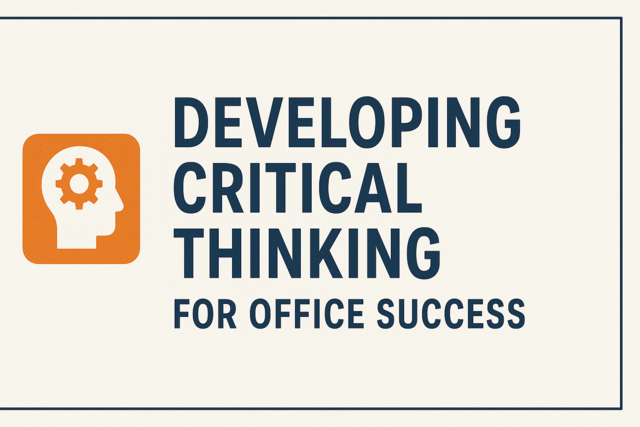 4 hours
0.4 CEUs
Developing Critical Thinking for Office Success
+ More Info
4 hours
0.4 CEUs
Developing Critical Thinking for Office Success
+ More Info
-
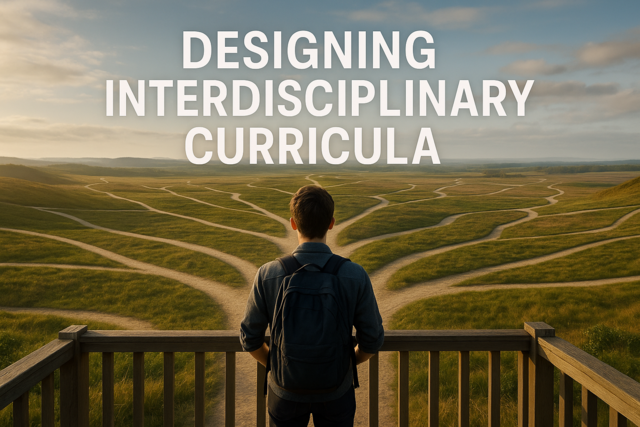 7 hours
0.7 CEUs
Designing Interdisciplinary Curricula
+ More Info
7 hours
0.7 CEUs
Designing Interdisciplinary Curricula
+ More Info
-
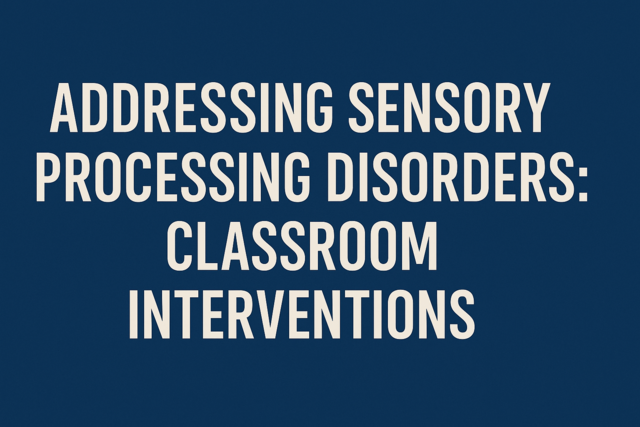 4 hours
0.4 CEUs
Addressing Sensory Processing Disorders: Classroom Interventions
+ More Info
4 hours
0.4 CEUs
Addressing Sensory Processing Disorders: Classroom Interventions
+ More Info
-
 6 hours
0.6 CEUs
The Influence Index: How Environment Shapes Relationships
+ More Info
6 hours
0.6 CEUs
The Influence Index: How Environment Shapes Relationships
+ More Info
-
 5 hours
0.5 CEUs
Advanced Writing and Editing Skills
+ More Info
5 hours
0.5 CEUs
Advanced Writing and Editing Skills
+ More Info
-
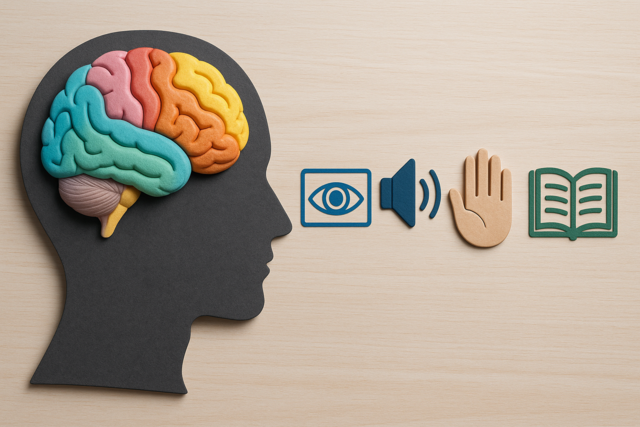 7 hours
0.7 CEUs
Understanding Learning Styles and Preferences
+ More Info
7 hours
0.7 CEUs
Understanding Learning Styles and Preferences
+ More Info
-
 6 hours
0.6 CEUs
Embracing Digital Transformation
+ More Info
6 hours
0.6 CEUs
Embracing Digital Transformation
+ More Info
-
 7 hours
0.7 CEUs
Vintage Visions: Integrating Past Styles in Modern Luxury
+ More Info
7 hours
0.7 CEUs
Vintage Visions: Integrating Past Styles in Modern Luxury
+ More Info
-
 5 hours
0.5 CEUs
Conflict Resolution: Turning Turmoil into Triumph
+ More Info
5 hours
0.5 CEUs
Conflict Resolution: Turning Turmoil into Triumph
+ More Info
-
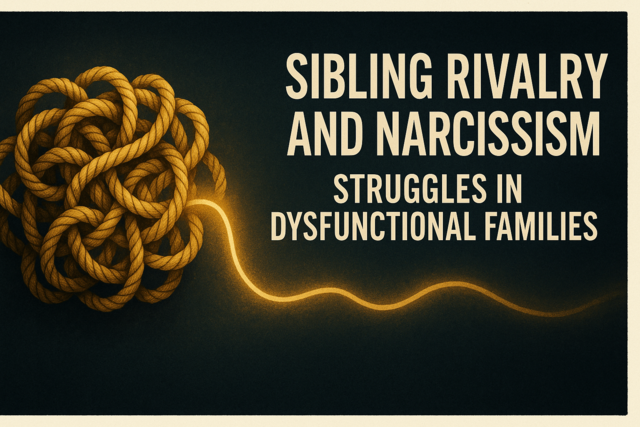 6 hours
0.6 CEUs
Sibling Rivalry and Narcissism: Struggles in Dysfunctional Families
+ More Info
6 hours
0.6 CEUs
Sibling Rivalry and Narcissism: Struggles in Dysfunctional Families
+ More Info
-
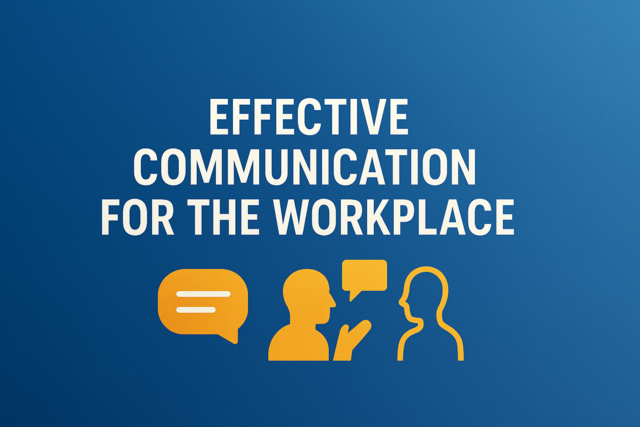 7 hours
0.7 CEUs
Effective Communication for the Workplace
+ More Info
7 hours
0.7 CEUs
Effective Communication for the Workplace
+ More Info
-
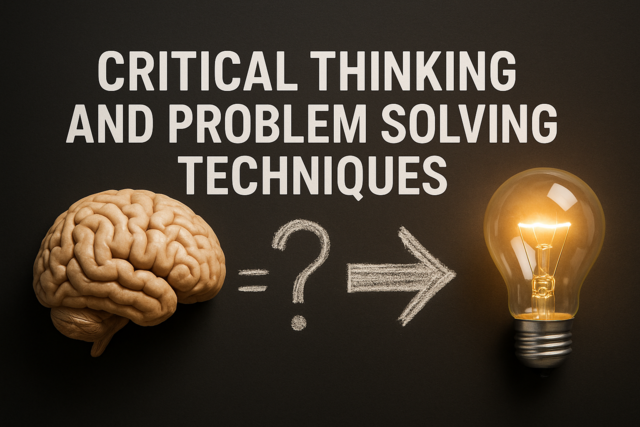 4 hours
0.4 CEUs
Critical Thinking and Problem Solving Techniques
+ More Info
4 hours
0.4 CEUs
Critical Thinking and Problem Solving Techniques
+ More Info
-
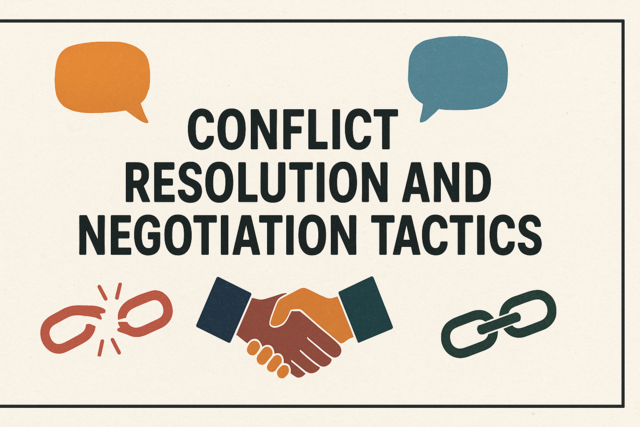 7 hours
0.7 CEUs
Conflict Resolution and Negotiation Tactics
+ More Info
7 hours
0.7 CEUs
Conflict Resolution and Negotiation Tactics
+ More Info
-
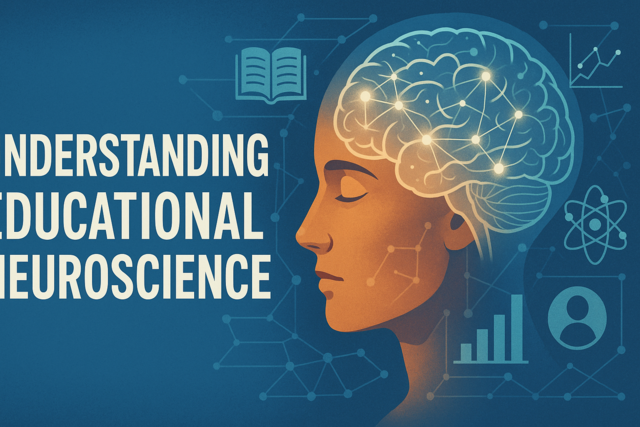 5 hours
0.5 CEUs
Understanding Educational Neuroscience
+ More Info
5 hours
0.5 CEUs
Understanding Educational Neuroscience
+ More Info
-
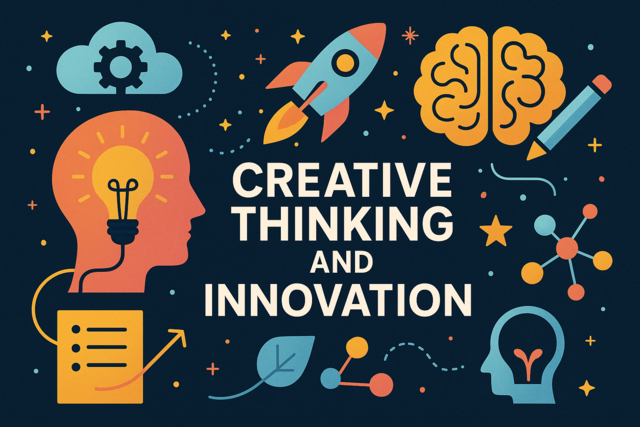 4 hours
0.4 CEUs
Creative Thinking and Innovation
+ More Info
4 hours
0.4 CEUs
Creative Thinking and Innovation
+ More Info
-
 4 hours
0.4 CEUs
Leading with Emotional Intelligence
+ More Info
4 hours
0.4 CEUs
Leading with Emotional Intelligence
+ More Info
-
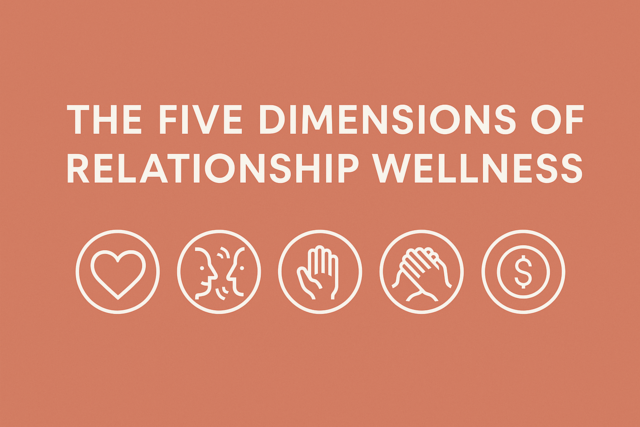 7 hours
0.7 CEUs
The Five Dimensions of Relationship Wellness
+ More Info
7 hours
0.7 CEUs
The Five Dimensions of Relationship Wellness
+ More Info
-
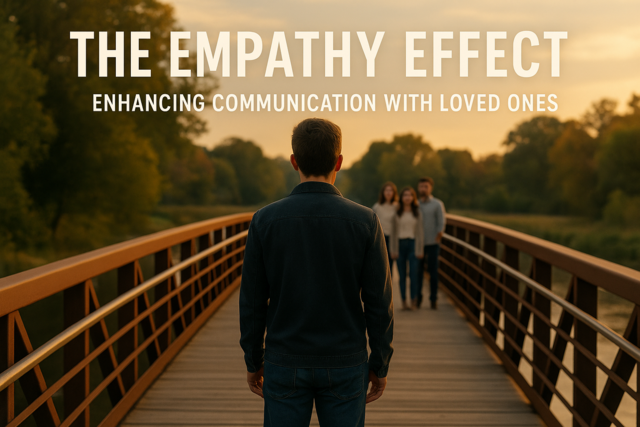 3 hours
0.3 CEUs
The Empathy Effect: Enhancing Communication with Loved Ones
+ More Info
3 hours
0.3 CEUs
The Empathy Effect: Enhancing Communication with Loved Ones
+ More Info
-
 7 hours
0.7 CEUs
Stress Less: Mindful Techniques for Family Harmony
+ More Info
7 hours
0.7 CEUs
Stress Less: Mindful Techniques for Family Harmony
+ More Info
-
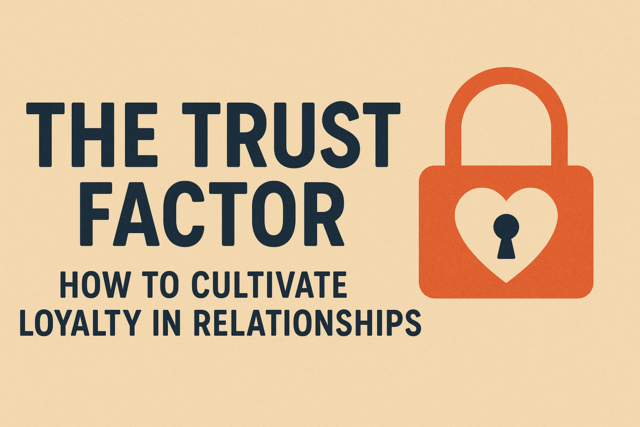 7 hours
0.7 CEUs
The Trust Factor: How to Cultivate Loyalty in Relationships
+ More Info
7 hours
0.7 CEUs
The Trust Factor: How to Cultivate Loyalty in Relationships
+ More Info
-
 4 hours
0.4 CEUs
Creating a Culture of Collaboration
+ More Info
4 hours
0.4 CEUs
Creating a Culture of Collaboration
+ More Info
-
 7 hours
0.7 CEUs
Building Patience and Tolerance
+ More Info
7 hours
0.7 CEUs
Building Patience and Tolerance
+ More Info
-
 3 hours
0.3 CEUs
Developing Technical Writing Skills
+ More Info
3 hours
0.3 CEUs
Developing Technical Writing Skills
+ More Info
-
 5 hours
0.5 CEUs
The Relationship Reset: Rewriting Your Story Together
+ More Info
5 hours
0.5 CEUs
The Relationship Reset: Rewriting Your Story Together
+ More Info
-
 6 hours
0.6 CEUs
Classroom Management for New Teachers
+ More Info
6 hours
0.6 CEUs
Classroom Management for New Teachers
+ More Info
-
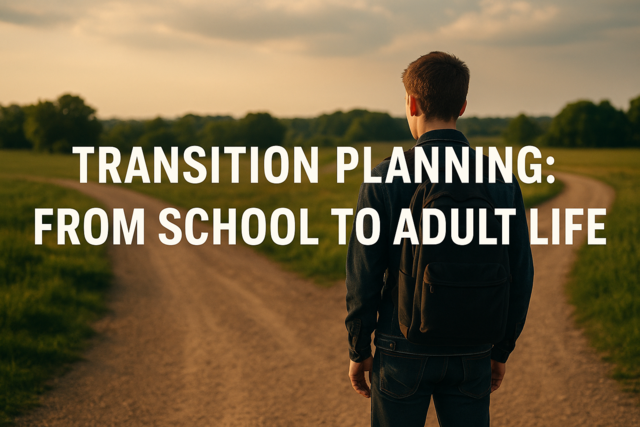 6 hours
0.6 CEUs
Transition Planning: From School to Adult Life
+ More Info
6 hours
0.6 CEUs
Transition Planning: From School to Adult Life
+ More Info
-
 4 hours
0.4 CEUs
Vital Conversations: Cultivating Depth in Daily Interactions
+ More Info
4 hours
0.4 CEUs
Vital Conversations: Cultivating Depth in Daily Interactions
+ More Info
-
 4 hours
0.4 CEUs
Sustainable Style: Modern Luxury with a Conscience
+ More Info
4 hours
0.4 CEUs
Sustainable Style: Modern Luxury with a Conscience
+ More Info
-
 5 hours
0.5 CEUs
Cooking and Nutrition for a Healthy Life
+ More Info
5 hours
0.5 CEUs
Cooking and Nutrition for a Healthy Life
+ More Info
-
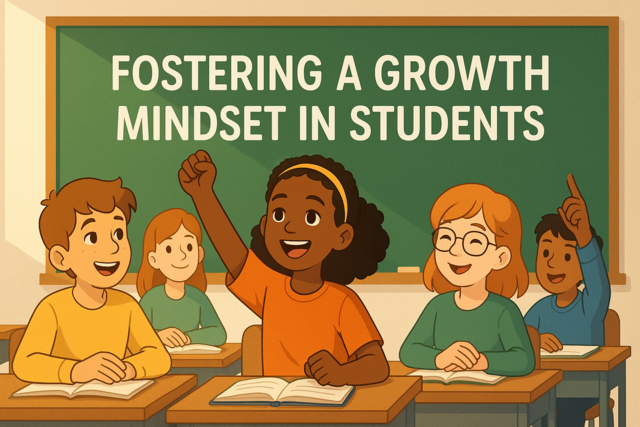 6 hours
0.6 CEUs
Fostering a Growth Mindset in Students
+ More Info
6 hours
0.6 CEUs
Fostering a Growth Mindset in Students
+ More Info
-
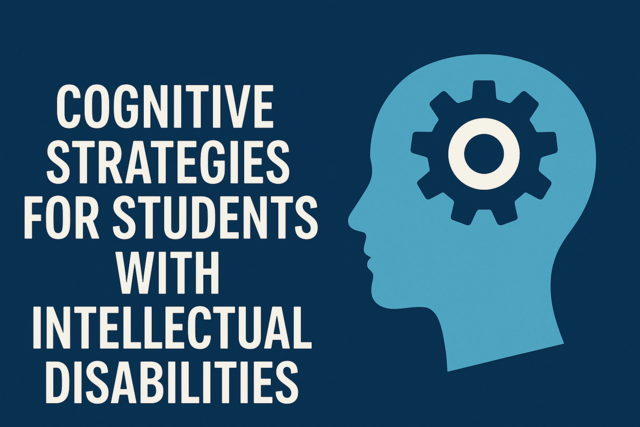 7 hours
0.7 CEUs
Cognitive Strategies for Students with Intellectual Disabilities
+ More Info
7 hours
0.7 CEUs
Cognitive Strategies for Students with Intellectual Disabilities
+ More Info
-
 7 hours
0.7 CEUs
Exploring Chakra Alignments
+ More Info
7 hours
0.7 CEUs
Exploring Chakra Alignments
+ More Info
-
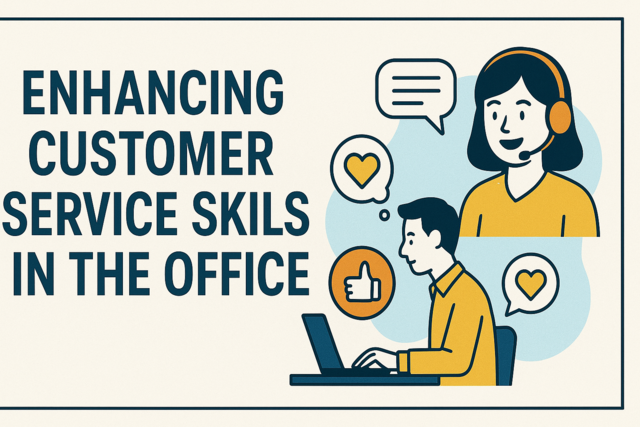 6 hours
0.6 CEUs
Enhancing Customer Service Skills in the Office
+ More Info
6 hours
0.6 CEUs
Enhancing Customer Service Skills in the Office
+ More Info
-
 6 hours
0.6 CEUs
Supporting Students with Special Needs
+ More Info
6 hours
0.6 CEUs
Supporting Students with Special Needs
+ More Info
-
 4 hours
0.4 CEUs
Enhancing Student Engagement and Motivation
+ More Info
4 hours
0.4 CEUs
Enhancing Student Engagement and Motivation
+ More Info
-
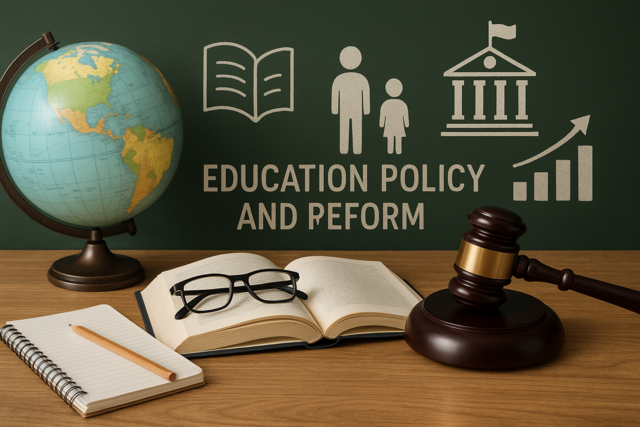 3 hours
0.3 CEUs
Education Policy and Reform: Impact and Implications
+ More Info
3 hours
0.3 CEUs
Education Policy and Reform: Impact and Implications
+ More Info
-
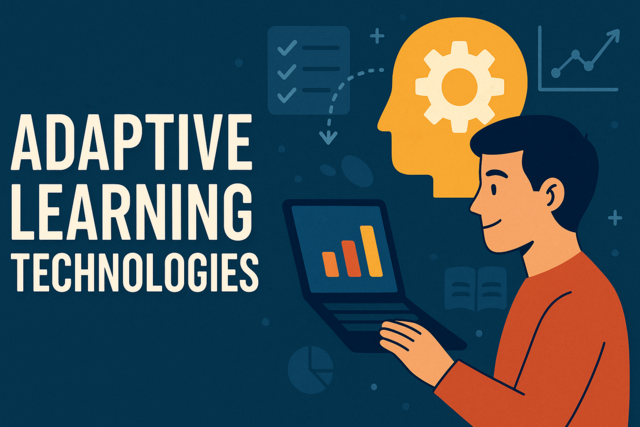 6 hours
0.6 CEUs
Adaptive Learning Technologies
+ More Info
6 hours
0.6 CEUs
Adaptive Learning Technologies
+ More Info



